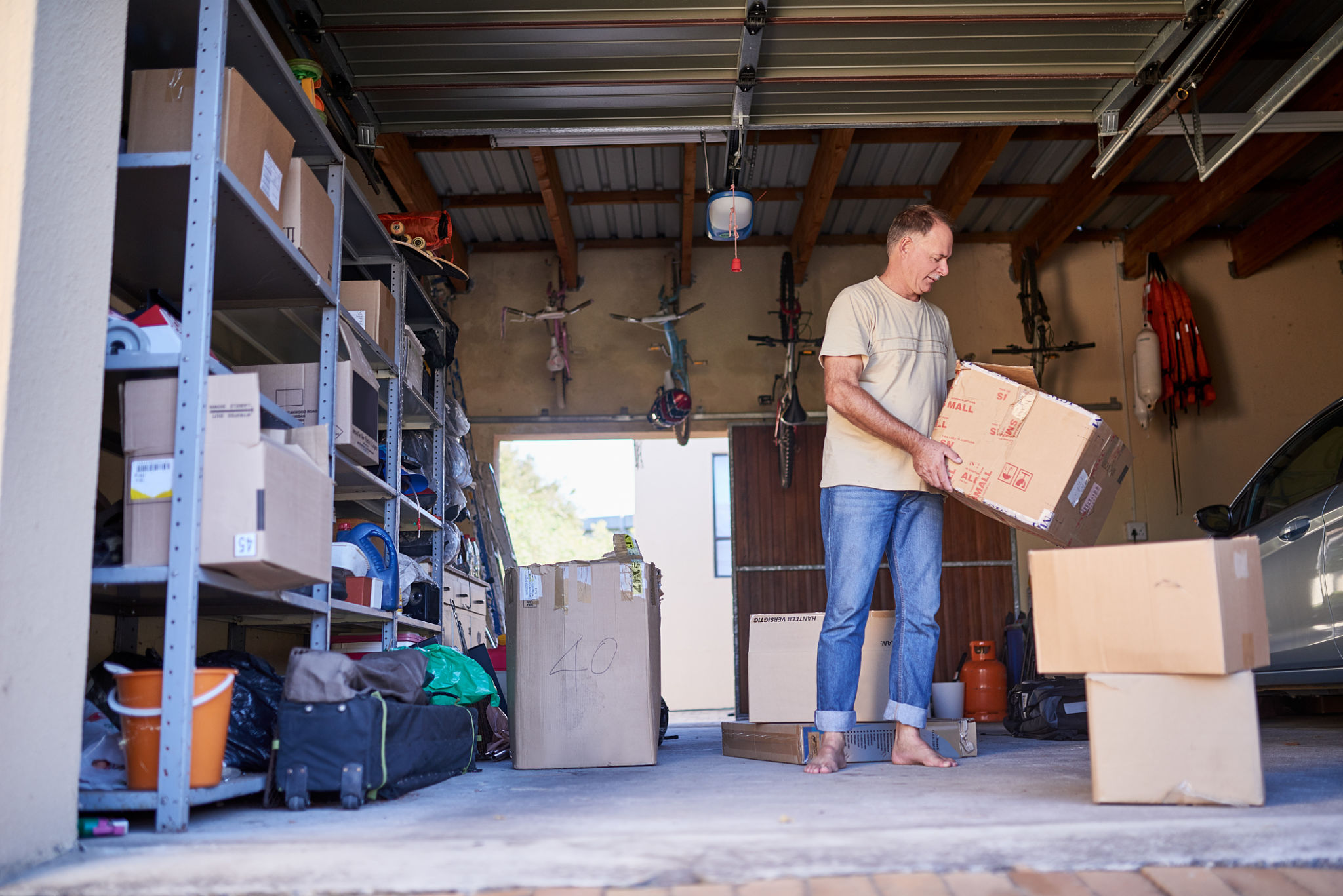DIY Garage Floor Epoxy: What You Need to Know Before Starting
Understanding the Basics of Epoxy Flooring
Epoxy flooring has become a popular choice for garage floors due to its durability, aesthetic appeal, and ease of maintenance. However, before you dive into a DIY epoxy floor project, it's crucial to understand the basics. Epoxy is a two-part mixture consisting of resin and hardener, which, when combined, create a tough, long-lasting surface. This makes it ideal for high-traffic areas like garages.
Before you start, it's important to note that applying epoxy is not just about pouring the mixture on your floor. Proper preparation and application are key to achieving a professional-looking finish. Without these crucial steps, you might end up with a floor that peels or bubbles over time.

Preparing Your Garage Floor
Cleaning and Repairing the Surface
The first step in the process is to thoroughly clean your garage floor. Remove any oil stains, dirt, or debris to ensure the epoxy adheres properly. Use a degreaser for oil spots and power wash the surface if possible. Once cleaned, inspect the floor for cracks or holes, and repair them using a concrete patch compound.
Testing for Moisture
Moisture is a common culprit of epoxy failure. Conduct a moisture test by taping a plastic sheet to the floor for 24 hours. If condensation appears under the plastic, you'll need to address this issue before applying epoxy. Installing a vapor barrier or using a moisture-tolerant primer can help resolve this problem.

Gathering the Right Tools and Materials
Having the right tools and materials on hand is essential for a smooth application process. Here’s what you’ll need:
- Epoxy resin and hardener
- Paint rollers and brushes
- Squeegee
- Painter’s tape and plastic sheeting
- Protective gear such as gloves and goggles
Additionally, consider purchasing anti-slip additives if your garage sees a lot of foot traffic. These additives can be mixed with the epoxy to provide extra grip.

Applying the Epoxy Coating
Mixing and Application
Once your floor is prepped and your tools are ready, it's time to mix the epoxy. Follow the manufacturer's instructions carefully for mixing ratios. Begin by cutting in the edges with a brush before rolling on the first coat with a paint roller. Work in small sections to ensure even coverage.
Curing Time
After applying the final coat, allow the epoxy to cure completely before walking or driving on it. Curing times can vary based on temperature and humidity, but generally, it takes about 72 hours. During this time, keep the garage well-ventilated to facilitate drying.
Maintenance Tips for Your Epoxy Floor
An epoxy-coated garage floor is relatively low-maintenance but still requires some care to maintain its appearance and durability. Regularly sweep or vacuum to remove dirt and debris. For more stubborn stains, use a mild detergent and warm water with a soft mop.
Avoid using harsh chemicals or abrasive cleaning tools, as these can damage the epoxy finish. With proper care, your epoxy floor can last for many years, providing a sleek and durable surface for your garage.

